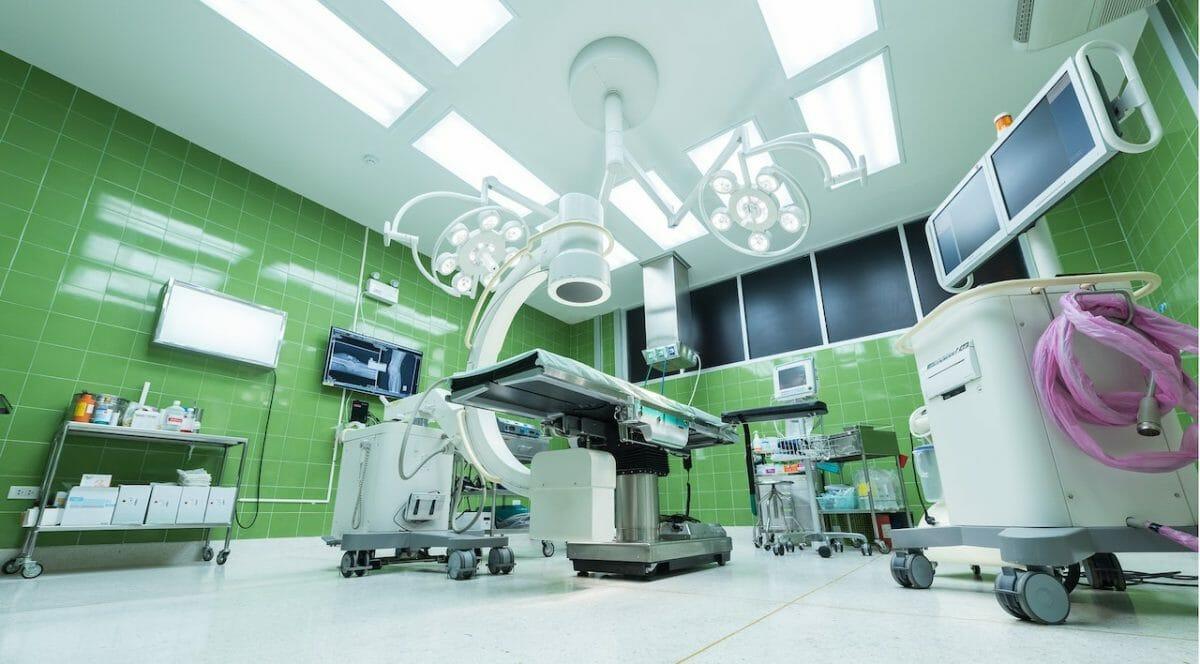By Pauline T. Mayer
With continuous evolution in the healthcare industry, the problems associated with it are equally increasing. And one of the primary problems that healthcare facilities constantly battle is the handling and storing of medical supplies, instruments, and patient records. Luckily the latest storage solutions related to the healthcare industry can make managing materials much easier, thereby improving patient care and keeping costs in check.

Healthcare facilities now realize that the most crucial step in better performance is the effective storage and containment of medical supplies. The improved organization promises better patient outcomes by keeping their records within easy access. Likewise, safely storing sterilized medical products decreases the risk of contamination, thereby preventing infections. Healthcare facilities can achieve these results through space-efficient storage on every floor with a balance between transport needs.
How does better storage improve patient care?
When there is a large influx of patients, it is easy to mix up patient records and make mistakes, especially without an organized storage system. To handle a large number of patients effectively requires accessibility to well-organized storage areas. When the medical staff does not have to worry about managing supplies and records, they can focus on providing better patient care and spending more time with their patients. Doing so improves patient care and leads to better medical outcomes.
How to improve storage?
One of the best ways to maximize space-efficient storage is to have multiple mobile carts on every floor. The experts at InnerSpace Healthcare have created a wide range of storage carts designed to improve efficiency and safety when transporting and containing medical supplies and instruments. The Innerspace hospital carts are ideal for storing medical supplies in an organized manner, helping to reduce infection risk by keeping items clean and contained.
These mobile medical carts have an aluminum frame with sturdy bumpers and durable medical-grade casters so they can move smoothly and sustain the wear and tear of transport. They also have locks to guarantee safe storage. These mobile storage carts are available in several varieties depending on the specific requirements of the medical staff.
Pace carts
Pace procedure carts are ideal for specific medical procedures and departments. Their unique design makes them easy to move around since they are lightweight and secure. Each pace cart has three drawer sizes, several medical accessories, a five-cart height, and two cart widths. Pace carts are available in several options according to specific medical procedures, such as code carts, isolation carts, and anesthesia carts.
Roam Carts
Roam carts are high-density featuring a two-cart height and four-cart width. They also have a door with a preinstalled lock to enable safe storage. The interior of each cart is suitable for the storage of procedure-specific accessories. Also, like pace carts, roam carts are also available in several varieties, making them broadly applicable throughout a healthcare setup.
Bin shelving
Hospitals should consider bin shelving because it offers several practical benefits while giving a neat and streamlined look. Moreover, bins are available in plastic or metal wire so that you can choose the material most suitable for your hospital setting. Moreover, bins are easy to handle because they are lightweight, making them ideal for storing smaller items, like oxygen tubes, cups, dosing instruments, pharmaceuticals, and sample collection equipment. Furthermore, bins have an open design providing easy access to the things inside so staff can find what they need without wasting time hunting for it.
Is efficient storage necessary in OR?
Although there is a need for space-efficient storage in every department of the healthcare industry, it is also necessary for the OR because that is where surgeons operate on patients, so they need easy access to sterilized medical equipment and patient records. Three factors are crucial for medical staff in the OR. These include sterility, workflow, and space.
Ensuring a clean and sterile environment in the OR is crucial because it prevents the patients from acquiring an infection. Another aspect to bear in mind is space. Medical equipment and life support should be nearby and organized to guarantee easy access. At the same time, it should not get in the way of doctors and nurses to avoid accidents. Additionally, the medical staff should be able to move in and out of the OR easily and quickly to ensure an effective OR. These three aspects are a vital part of a functional OR, and having suitable supply storage units in place can help achieve this.
How can you improve storage in OR?
Several options are available for medical storage in the OR, but the most suitable include cabinets, shelves, and lockers. Enclosed carts are most appropriate for storing dangerous materials, while a built-in cabinet system provides a classic storage solution for medications and tools typically necessary for an OR. Likewise, a high-density basket system provides a vertical storage system that can hold other medical supplies.
How does better storage control costs?
Organized storage of inventory guarantees smooth functionality, which helps decrease costs. When the staff can easily access the inventory, they can quickly check the available items and those they need to order. Doing so decreases the chances of over-ordering or under-ordering equipment, preventing unnecessary expenditure. Proper storage of expensive medical equipment and drugs in lock and key also reduces the risk of misuse, wastage, or theft. Finally, when storage areas are well-planned and organized, the labor costs decrease because the staff has to spend less time restocking or hunting for supplies.
Why is it necessary to save space at your healthcare facility?
It is necessary to have an effective storage system because every inch of a healthcare facility, where the staff is stocking supplies, cannot accommodate patients. Hence, implementing a compact storage system to maximize space makes sense, thereby improving patient health and better-utilizing assets. There are numerous compact storage options available that you can incorporate into your healthcare facility to achieve this goal. These include vertical lift modules, compact mobile shelving, and Automated Storage and Retrieval Systems (ASRS).
Conclusion
Each healthcare facility’s needs, goals, and budget will determine the most suitable storage solution, even though all the options above are compatible with any hospital setting. Hence if you wish to improve the functionality of your department while improving patient reviews and decreasing unnecessary wastage of funds, you should seriously consider replacing your old and ineffective storage system with the latest improvements. Doing so will guarantee excellent results on your investment in terms of patient satisfaction, costs, and staff performance.
